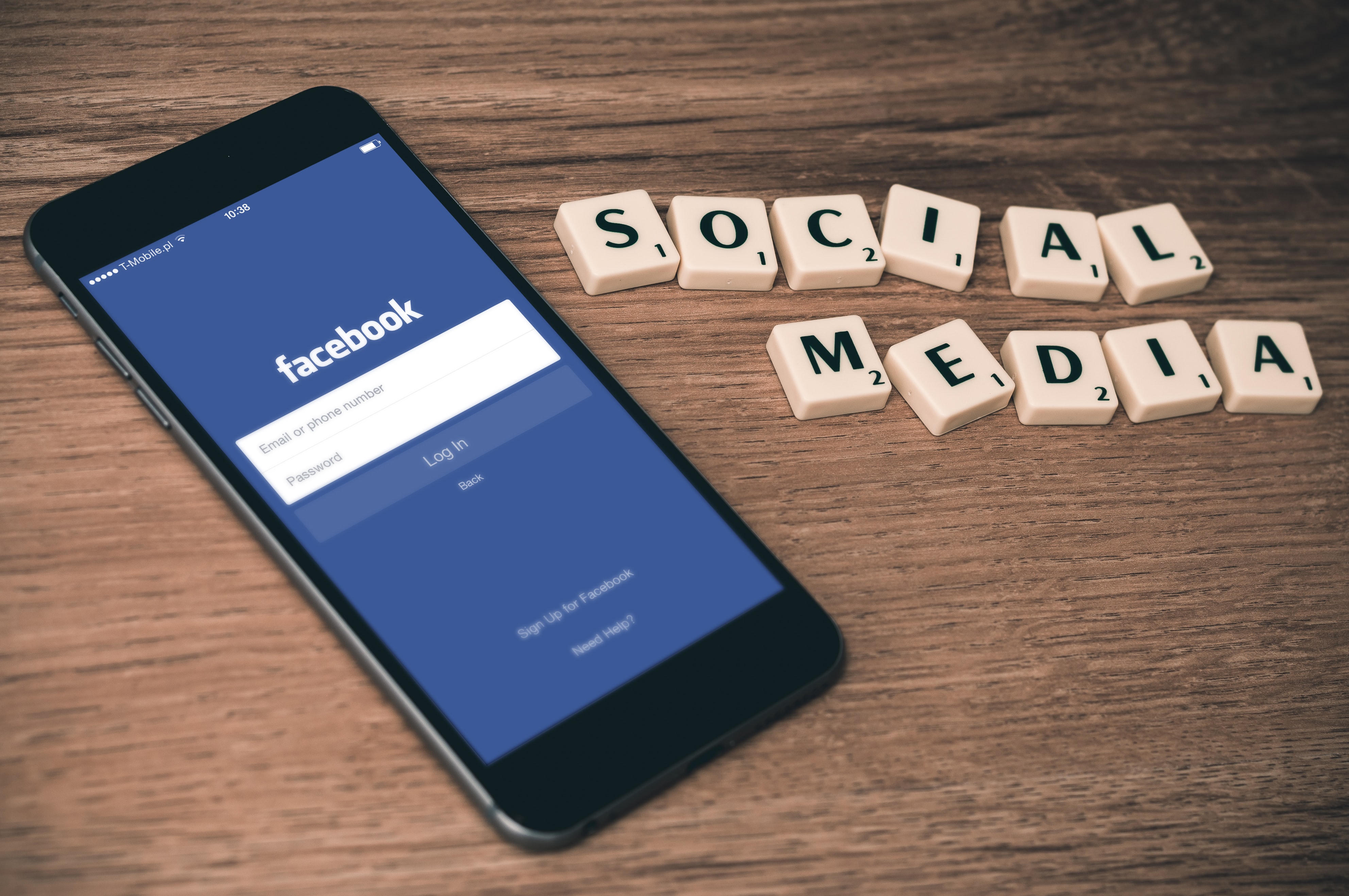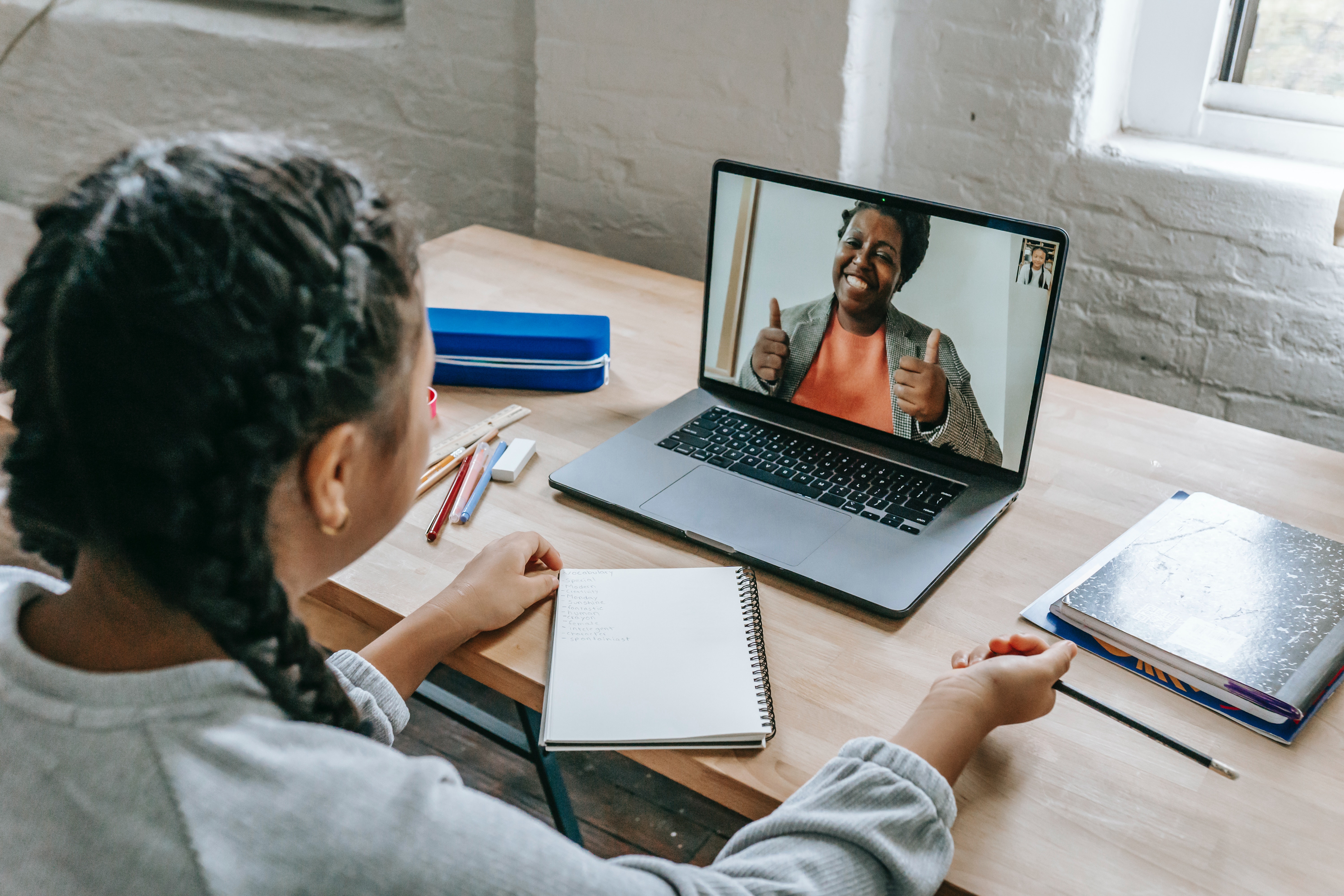This content is associated with The Open University's Psychology courses and qualifications.
In 1954, Gordon Allport, a Harvard academic published ‘The Nature of Prejudice’. In one of the thirty-one chapters, he discussed how prejudice between groups might be reduced simply by intergroup contact – provided certain conditions were met. This became known as the contact hypothesis and has become one of the most enduring and widely verified areas of study in psychology.
Published studies have demonstrated the effectiveness of intergroup contact in reducing not only racial prejudice, but also prejudice in other areas such as religion, sexuality, disability, gender, etc. While Allport’s focus was exclusively on interpersonal contact, further study extended this idea of contact to include extended contact, particularly vicarious contact, where individuals observe contact between members of different groups, rather than directly experiencing contact themselves.

As the area developed there was an increasing focus on understanding why intergroup contact worked. A number of mediators were demonstrated. Contact was shown to reduce the anxiety that many people feel about mixing with members of other groups, thus enabling them to have more positive interactions with them and so reduce prejudice. Intergroup threat was another factor that mediated the contact: prejudice effect. Increased contact reduced the perceived threat, not just from the individual that the contact was with, but with the outgroup, which in turn reduced prejudice. Thomas Pettigrew, a student of Allport’s at Harvard and the leading proselytizer (a person who to tries to persuade other people to accept a particular religious or political belief, idea, or way of life) of the contact hypothesis over the last fifty years, stated that the most important requirement for contact to be effective was the ability to form intergroup friendships with the consequent reduction in prejudice that they facilitated.
The corollary (something that results from something else) to this was that while contact undoubtedly had the potential to reduce prejudice, not all contact was going to be positive. While psychologists could engineer situations where Allport and Pettigrew’s conditions were (largely) met, this might not reflect the reality of intergroup contact that occurs on a day-to-day basis in the world at large. A series of studies investigated this and concluded that while indeed negative contact existed and did increase prejudice, there was considerably more positive than negative contact, and so, overall, contact was beneficial.

Fifty years after The Nature of Prejudice was published, Facebook launched to everyone over 13 with a valid email address and the world changed forever. Gradually, especially among the younger generation, interpersonal (and thus intergroup) communication moved away from face-to-face to online social media. We live in a world where two thirds of Gen Z and millennials communicate more online than face-to-face, with the figure rising to three quarters in the UK and USA. What impact does this have on contact?
On the positive side, social media provides the opportunity for people to be exposed to a wider range of groups and viewpoints than was previously possible – with the potential for greater understanding and empathy. This is particularly true in countries such as Israel and Northern Ireland where sectarian divides severely reduce opportunities for intergroup contact. It can also facilitate greater equality between individuals and reduce obvious signs of ‘outgroupness’.

On the negative side, the internet has given rise to numerous echo chambers and filter bubbles where people are channelled into silos of ever more extreme and one-sided views. At the same time, people can feel more disinhibition online which can increase negative interactions, leading to the popular stereotype of the ‘keyboard warrior’.
My PhD compares naturally occurring contact online with face-to-face contact in order to determine what differences and what similarities there are. Is online intergroup contact overall broadly similar to face-to-face contact in terms of valence, or is there significantly more, or less, negative contact? Do we see similar patterns with positive online intergroup contact reducing prejudice and negative online contact increasing it? If we do, is the impact of negative contact online the same as it is face-to-face, or is it more or less detrimental to intergroup harmony? If we establish that similar overall relations occur online compared to face-to-face, do they work via the same mechanisms, or does contact change prejudice using different mechanisms to those observed previously?
The PhD is being driven by two large scale studies, each with over 1,000 participants. One study looks at contact and prejudice between black and white groups in the UK and the other study is a two-stage study in Northern Ireland looking at contact and prejudice between Catholics and Protestants. By looking at the contact hypothesis in two different environments, the results can be compared and contrasted and, hopefully, some consistent findings can be achieved that would potentially be generalisable to other situations.





Rate and Review
Rate this article
Review this article
Log into OpenLearn to leave reviews and join in the conversation.
Article reviews